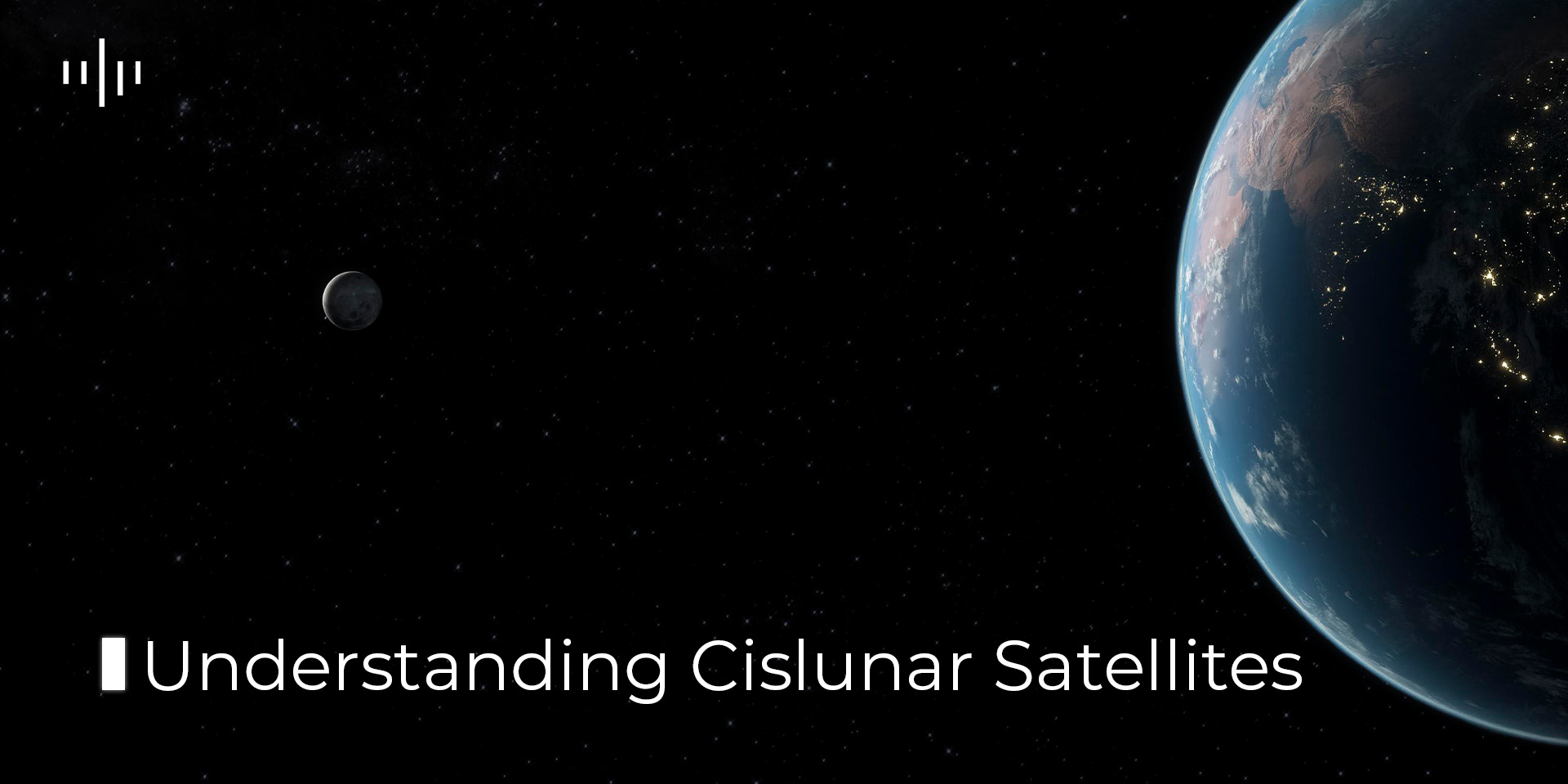Understanding Cislunar Satellites
In the vast expanse of space, there exists a region that often captures the imagination of scientists, engineers, and space enthusiasts alike – the cislunar space. Cislunar refers to the space between the Earth and the Moon, an area rich with potential for exploration, research, and technological advancement. At the forefront of this exploration are cislunar satellites, bringing forward a new era in space exploration and telecommunications.

“Source: The Space Review – Monday, October 1, 2012”
What exactly is a cislunar satellite?
Cislunar satellites are spacecraft that orbit within the vicinity of the Earth and the Moon, typically in elliptical or near-rectilinear orbits that allow them to traverse this unique space. Unlike traditional satellites that orbit solely around the Earth or the Moon, cislunar satellites occupy a dynamic region where gravitational forces from both celestial bodies influence their trajectory.
These satellites serve many purposes, ranging from scientific research to telecommunications and navigation. One of the primary objectives of cislunar satellites is to facilitate lunar exploration and eventual human habitation of the Moon. By establishing a network of satellites in cislunar space, scientists and engineers can gather crucial data, establish communication networks, and support lunar missions with navigation and logistical assistance.
Moreover, cislunar satellites play a vital role in advancing our understanding of space and the universe. Equipped with advanced sensors and instruments, these satellites can observe cosmic phenomena, monitor space weather, and conduct astronomical research with unprecedented precision. Cislunar space offers unique perspectives that complement observations from Earth-based telescopes and lunar orbiters.
Additionally, cislunar satellites are poised to revolutionize telecommunications and navigation systems. By expanding the reach of satellite networks beyond Earth’s orbit, these satellites can enhance global connectivity, provide internet access to remote regions, and improve navigation accuracy for space missions and terrestrial applications.
The development and deployment of cislunar satellites represent a collaborative effort involving government agencies, private companies, and international organizations. Recently mu Space, a satellite manufacturer from Southeast Asia has signed a Memorandum of Understanding with ispace a Japanese private lunar exploration company, to make the first step towards future lunar missions, with a focus on payload services and strategic cooperation.
As the space industry continues to grow, cislunar satellites will continue to play a vital role in shaping the future of space exploration and technology. With their versatility, adaptability, and potential for innovation, these satellites have the potential to unlock new frontiers and expand humanity’s presence beyond the confines of Earth.
In conclusion, cislunar satellites represent a critical component of our journey into space, enabling exploration, research, and technological advancement in the dynamic region between Earth and the Moon. As we harness the capabilities of these satellites, we inch closer to realizing our ambitions of exploring the cosmos and unraveling the mysteries of the universe.








